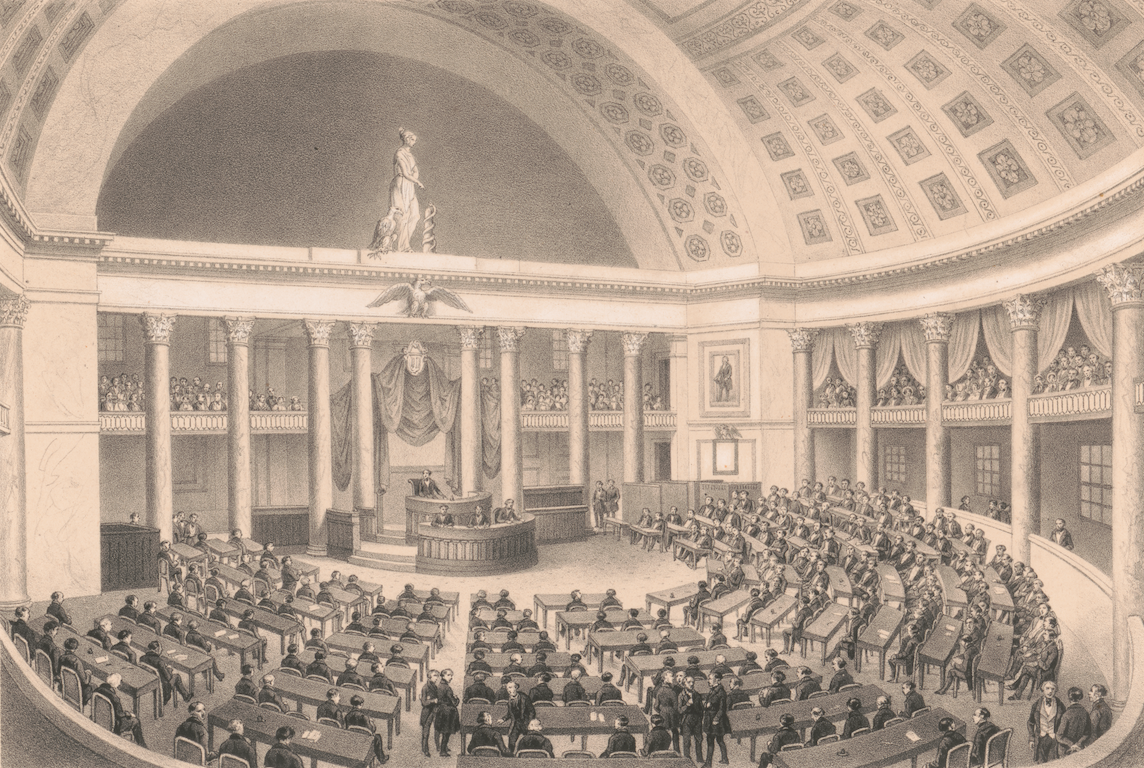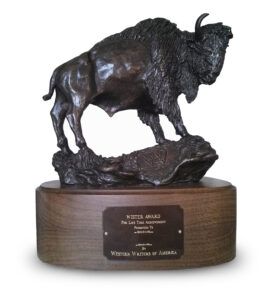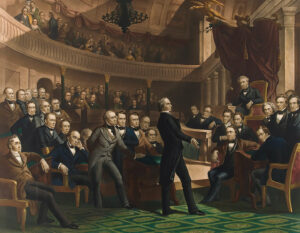Who in Congress owned slaves?
“People who don’t know th[e] longer history,” Crystal Feimster, a Black historian at Yale University, told The Washington Post, “can’t draw those connections.”
Indeed, the longer, murkier history of the men and women who shaped America is now facing a historical reckoning.
The Post, after examining thousands of pages of census records and historical documents, has compiled the “first database of slaveholding members of Congress.”
The report is helping to reveal “the glaring holes in many of the stories that Americans tell about the country’s history.”
The research, which is ongoing, has concluded that 1,715 members of Congress were enslavers at some point in their adult lives. Another 3,166 congressmen did not enslave anyone, while not enough evidence was found to reach a conclusion about 677 congressmen.
Simply never holding a human in bondage does not exculpate American leaders—many, including Sen. John A. Logan, played a part in maintaining, even strengthening the institution of slavery for a time.
Others had a more complicated history. For example, Rep. John McLean, a longtime Supreme Court justice, is remembered for being just one of two jurists who dissented in the notorious 1857 Dred Scott decision, in which the Supreme Court ruled that Black Americans were not citizens under the Constitution. Despite this, McLean was one of the rare residents of free-state Ohio to have been recorded as a slaveowner in the 1820 Census.
From Wikipedia pages to the halls across America, a complete history of its statesmen is oftentimes lacking.
Land itself can even tell a tale.
On June 1, 2020, protesters chanting “Black Lives Matter” and “I can’t breathe” in response to the death of George Floyd and other Black men and women at the hands of police were forced out of Lafayette Square to allow President Donald Trump to walk from the White House to nearby St. John’s Episcopal Church for a photo-op.
The tragic irony was not lost on some.
Over 250 years ago, hundreds of enslaved blacks were bought and sold in Lafayette Square from slave pens that bordered the church; the shameful business was conducted in full view of the White House—a symbol of American democracy.
At least nine presidents brought or hired out enslaved people to work at the White House, according to the White House Historical Association, while at least 12 presidents were slave owners at some point during their lives.
“We know about the construction of D.C., but we don’t know who built it, where the slave markets were? Where the slave quarters were? Did you know the site of National Archives is where the D.C. Central [Slave] Market was located on 7th Street? We know Arena Stage on the Wharf, but do we know that is where all the slave ships came in?” John W. Franklin, senior manager emeritus at the Smithsonian’s National Museum of African American History and Culture, told The Washington Post. “Ninety-nine years before Trump cleared Lafayette Square to walk to St. John’s, enslaved people were kept in slave pens along Independence Avenue.”
The Capitol building itself has been the center of controversy, with the House of Representatives voting 285-120 in July 2021 to remove all Confederate statues from public display in the U.S. Capitol.
Now, as America grapples with its complicated past with slavery, a fuller account of its political leaders is emerging.
“What’s happening politically has deep roots in our political leaders’ investment in slavery and how they wielded that power for their own personal benefit,” Feimster told the Post.
“There is a way in which people want to disconnect and say, ‘I didn’t own slaves. My family didn’t own slaves. So let’s keep moving,’ ” she said. “We have to tell them why it’s important and why it matters and what it tells about where we are in this present moment.”





